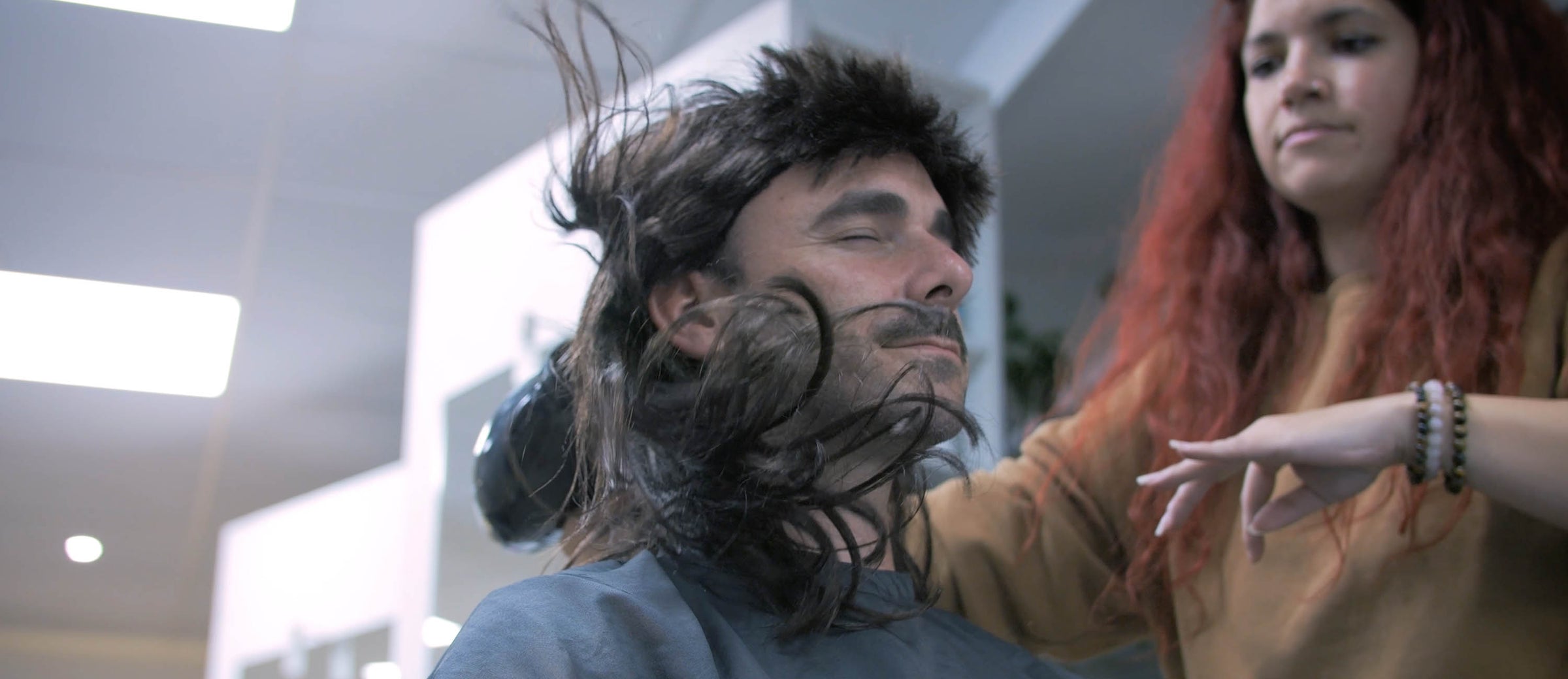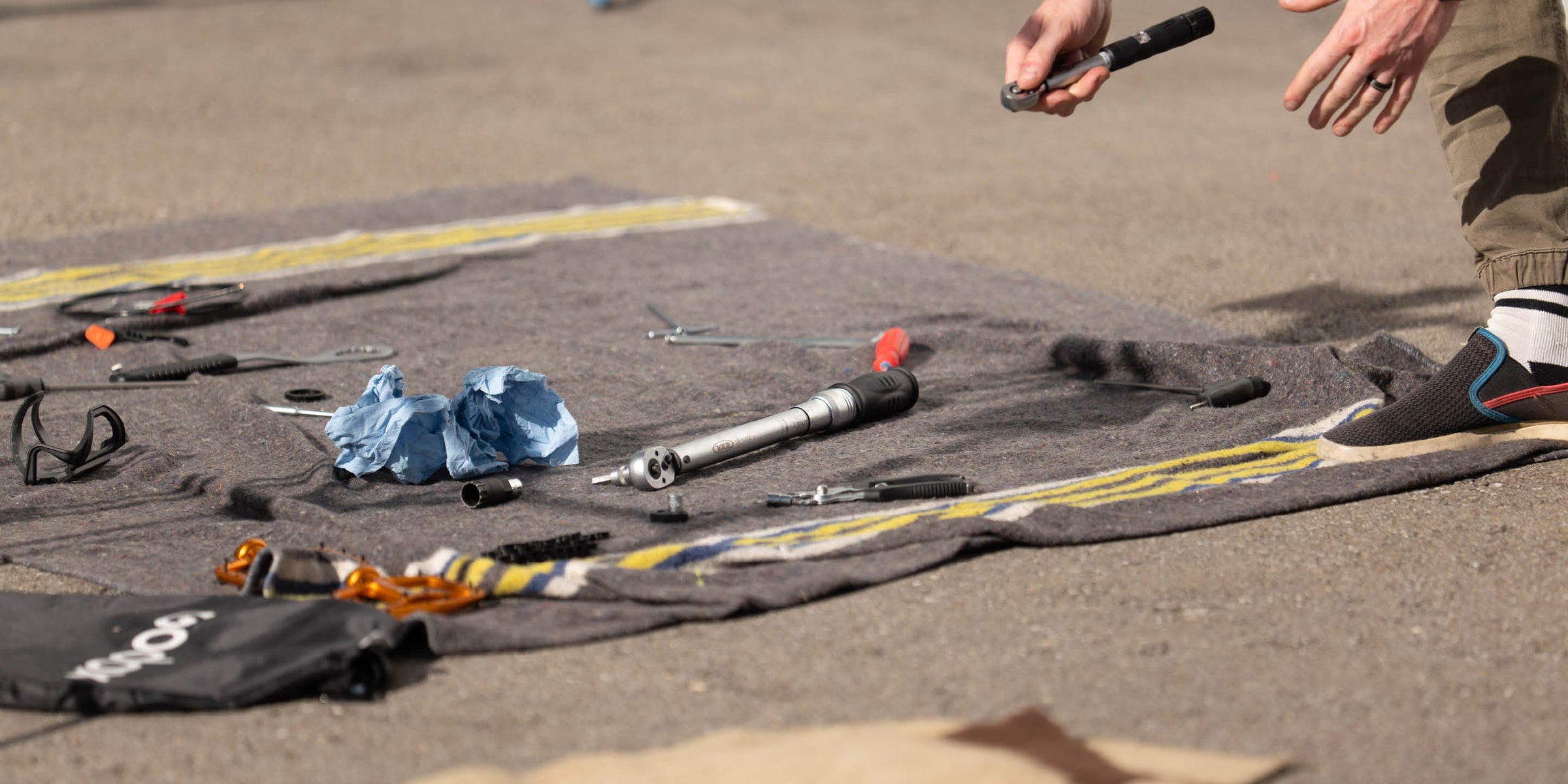
How to give your Bike a Mullet
How to give your Bike a Mullet


A mullet is a questionable haircut that is short at the front but long at the back. It’s also the term for a bike that uses different wheel sizes front to back, typically a 29” wheel at the front and a 27.5” wheel in the back.
Because y’know, business up front, party in the back.
As with hairstyles, this is mostly personal preference. Some riders find a smaller rear wheel feels better on the steep stuff, helps them turn quicker and feels a bit more playful, but by keeping a 29” wheel up front they keep that invincible, monster truck feel.
Changing your 4060 from its standard 29” set-up to a mullet set-up is pretty straightforward. You will need the following components and tools.
You may also need a T25 Torx bit, cassette lockring tool and chain whip to transfer the disc rotor and cassette over to the new wheel. A headset cup removal tool, rubber hammer and headset press may also be required, but more on that later.
No scissors, clippers or razors required.
And you’re done. Now, it’s time to hit the trails and get down to business on some party laps.
Hey, have you done something with your wheels? They really suit you.

We and our partners use cookies and other technologies to improve your experience, measure performance, and tailor marketing. Privacy Policy